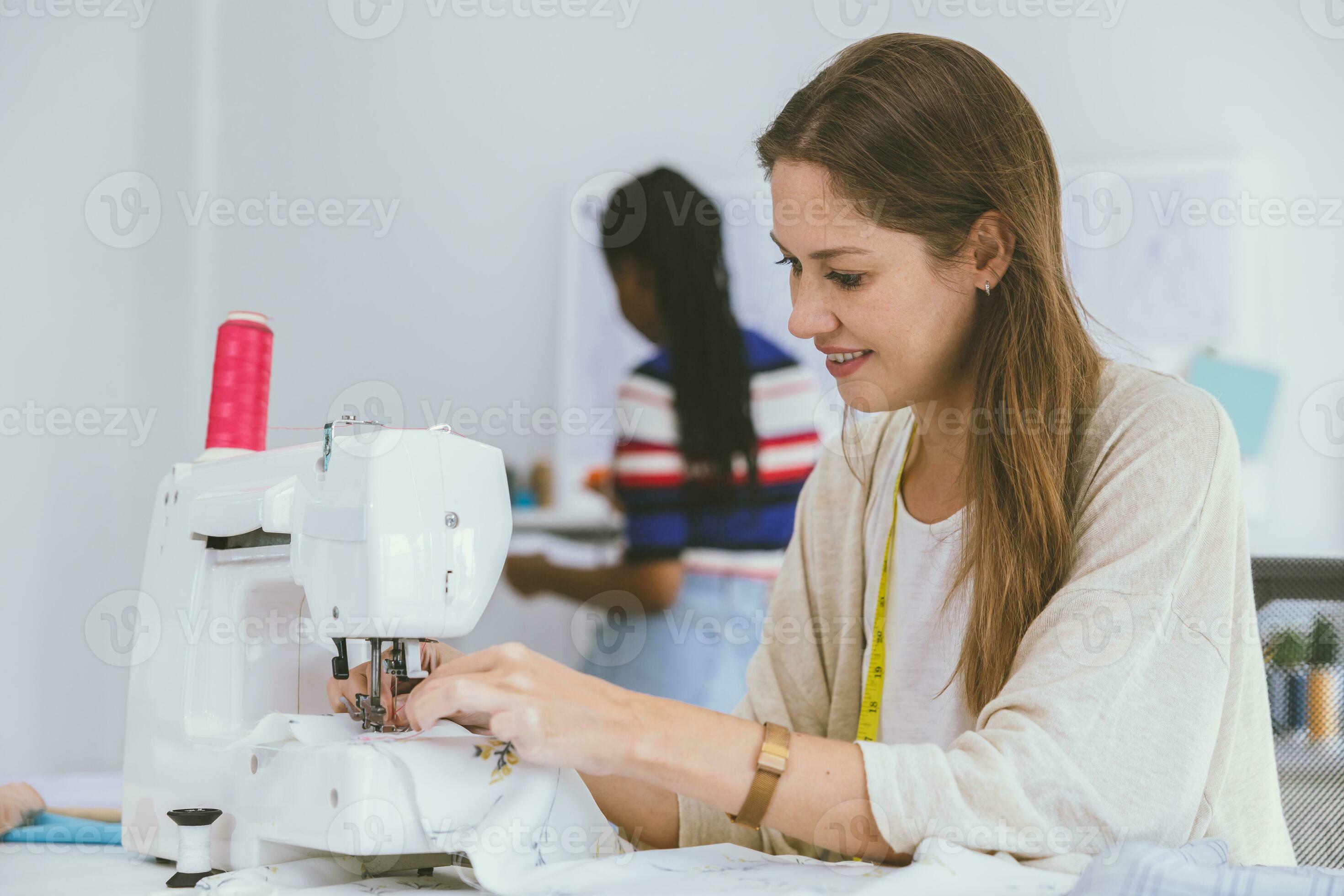Tailor Perth Specialists: Tailor-Made Solutions for Elegant Outfit
Understanding the Tailoring Refine: From Textile Choice to Final Fitting for the Perfect Closet
The tailoring process is a complicated interplay of art and scientific research, starting with the crucial decision of textile selection and culminating in the specific adjustments of final fittings. Each material type brings distinct high qualities that influence not only the aesthetic appeal but also the garment's longevity and suitability for various occasions. Recognizing the nuances of tailoring strategies can boost one's closet to unprecedented degrees of refinement. As we explore these aspects better, one must take into consideration how even the smallest details can significantly affect the general result of one's individual design.
Relevance of Material Choice
Selecting the appropriate textile is critical in the customizing process, as it straight affects the convenience, resilience, and overall aesthetic of the final garment (tailor perth). The option of material sets the foundation for the garment's design, efficiency, and functionality. Different materials possess special residential properties, such as stretch, breathability, and weight, which can significantly affect how the garment drapes and fits the body
Furthermore, material option affects the garment's long life and convenience of treatment. High-grade textiles can withstand deterioration, preserving their appearance and structure in time, while lower-quality materials might lead to pilling or fading. Additionally, the right fabric adds to the garment's capacity to shift throughout seasons and occasions, therefore improving convenience.
A customized piece made from an appropriate fabric not just showcases craftsmanship however also boosts the user's self-confidence. Recognizing the nuances of textile option is paramount for any kind of tailoring venture. It guarantees that the final item not only fulfills the visual desires of the customer however also aligns with useful demands, thus achieving an unified balance in between type and feature in the tailored closet.
Sorts Of Fabrics and Their Usages
Comprehending the various kinds of materials readily available is crucial for making informed choices during the customizing process. Each textile possesses one-of-a-kind attributes that determine its viability for particular garments and celebrations.
Cotton, known for its breathability and soft qualities, is suitable for laid-back wear and summertime apparel. Its adaptability permits it to be tailored right into everything from tee shirts to outfits. Wool, on the other hand, is favored for its heat and framework, making it an outstanding selection for formal fits and outerwear - tailor perth. Its all-natural elasticity assists garments preserve form over time.
Silk exudes high-end and is light-weight, making it excellent for eveningwear and delicate blouses; nonetheless, it requires careful handling because of its frailty. Bed linen, with its distinctive surface, is a prominent selection for cozy environments, providing a airy and crisp feel, however it wrinkles quickly, which might influence the garment's look.
Synthetic fabrics, such as polyester and nylon, offer sturdiness and resistance to creases, making them appropriate for day-to-day wear and energetic apparel. Recognizing these textile kinds and their residential properties permits better decision-making, guaranteeing that each tailored item not just fits well yet also straightens with the designated objective and celebration.
The Tailoring Methods Described
The art of customizing depends on a range of techniques that change textile right into well-fitted garments. Central to this process is pattern drafting, where a dressmaker produces themes based on the customer's dimensions and preferred style. This first action makes certain that the garment will certainly fit the wearer properly prior to any type of cutting takes place.
As soon as patterns are established, cutting strategies enter into play. Precision is critical as errors can bring about misfitting garments. Tailors commonly use various reducing techniques, such as single-layer reducing for complex designs and multiple-layer reducing for effectiveness on standard patterns.
Basting is an additional vital technique, permitting tailors to temporarily sew fabric items together for an initial fitting. This approach provides the possibility to evaluate the drape and total silhouette prior to try this final sewing.
Seaming methods, consisting of flat-felled joints and French seams, improve the garment's sturdiness and visual appeal. Tailors additionally employ methods such as interfacing and padding to offer framework and shape to certain locations, like collars and shoulders.
Last but not least, website here finishing methods, consisting of hemming and edge completing, ensure the garment's durability while giving a polished look. With each other, these strategies form the backbone of reliable tailoring, causing exquisite, custom-fit apparel.
Suitable Modifications and Factors To Consider

Secret considerations include the shoulder fit, which ought to neither sag neither limit motion, and the sleeve length, which need to permit for comfy arm movement while maintaining a polished appearance. Furthermore, modifications at the waistline can improve find more info the shape, with choices to let out or absorb material as needed.
The rise of pants is one more important element; it should rest easily above the hips without causing pain, enabling ease of motion. Hemming lengths for both trousers and skirts ought to mirror the wearer's preferred design while valuing proportions.

Preserving Your Tailored Apparel
Constantly adhere to the treatment tag directions, which may suggest dry cleaning for fragile textiles or equipment cleaning for more resilient materials. Avoid frequent laundering, as this can put on down the textile and change the garment's shape.
Storage is equally essential; use cushioned wall mounts for coats and coats to keep shoulder framework, and store pants folded up nicely or hung to avoid creasing. Shield garments from straight sunlight, which can discolor shades and damage fibers.
Additionally, routine evaluations for minor repairs can protect against bigger issues. Check for loosened buttons, fraying joints, or indications of moth damage, addressing these troubles immediately to preserve the garment's integrity.
Last but not least, take into consideration seasonal rotation. Wearing customized items in small amounts allows textiles to recuperate, prolonging their lifespan. By applying these maintenance strategies, you can make certain that your customized garments remain as immaculate as the day you initially wore them, boosting your ideal closet for several years ahead.
Final Thought
The tailoring process, including material option, skilled techniques, and accurate fitting modifications, plays a critical duty in creating garments that boost both convenience and design. Recognizing the importance of upkeep extends the life of customized garments, strengthening their worth in a well-curated closet.
Picking the appropriate textile is crucial in the customizing procedure, as it straight affects the convenience, longevity, and total visual of the last garment. The option of material sets the foundation for the garment's style, capability, and efficiency. Different fabrics possess distinct properties, such as stretch, weight, and breathability, which can considerably influence just how the garment drapes and fits the body.
The art of customizing depends on a variety of strategies that change material into well-fitted garments.The customizing process, encompassing textile choice, competent techniques, and specific fitting adjustments, plays a critical function in creating garments that improve both comfort and design.